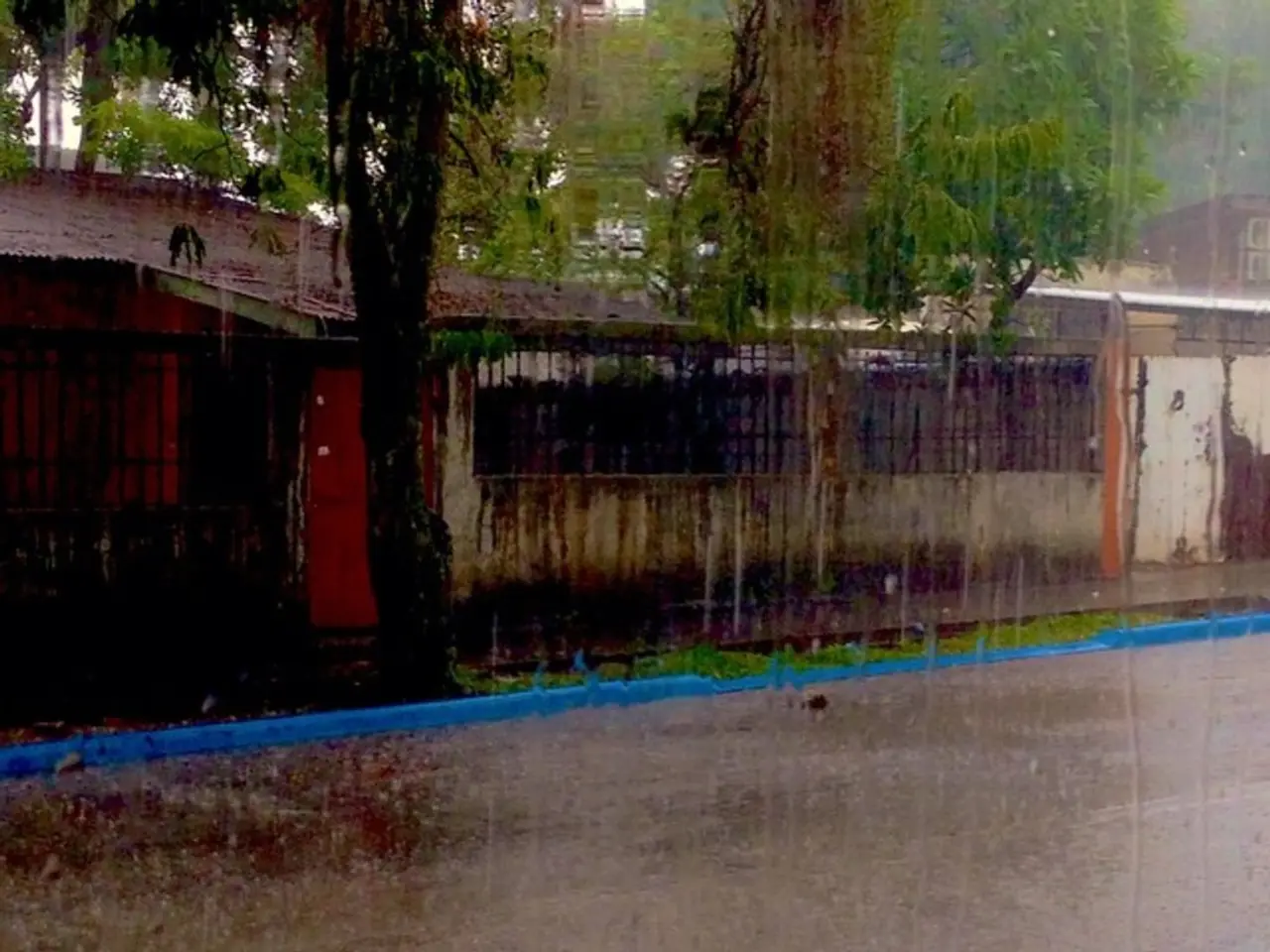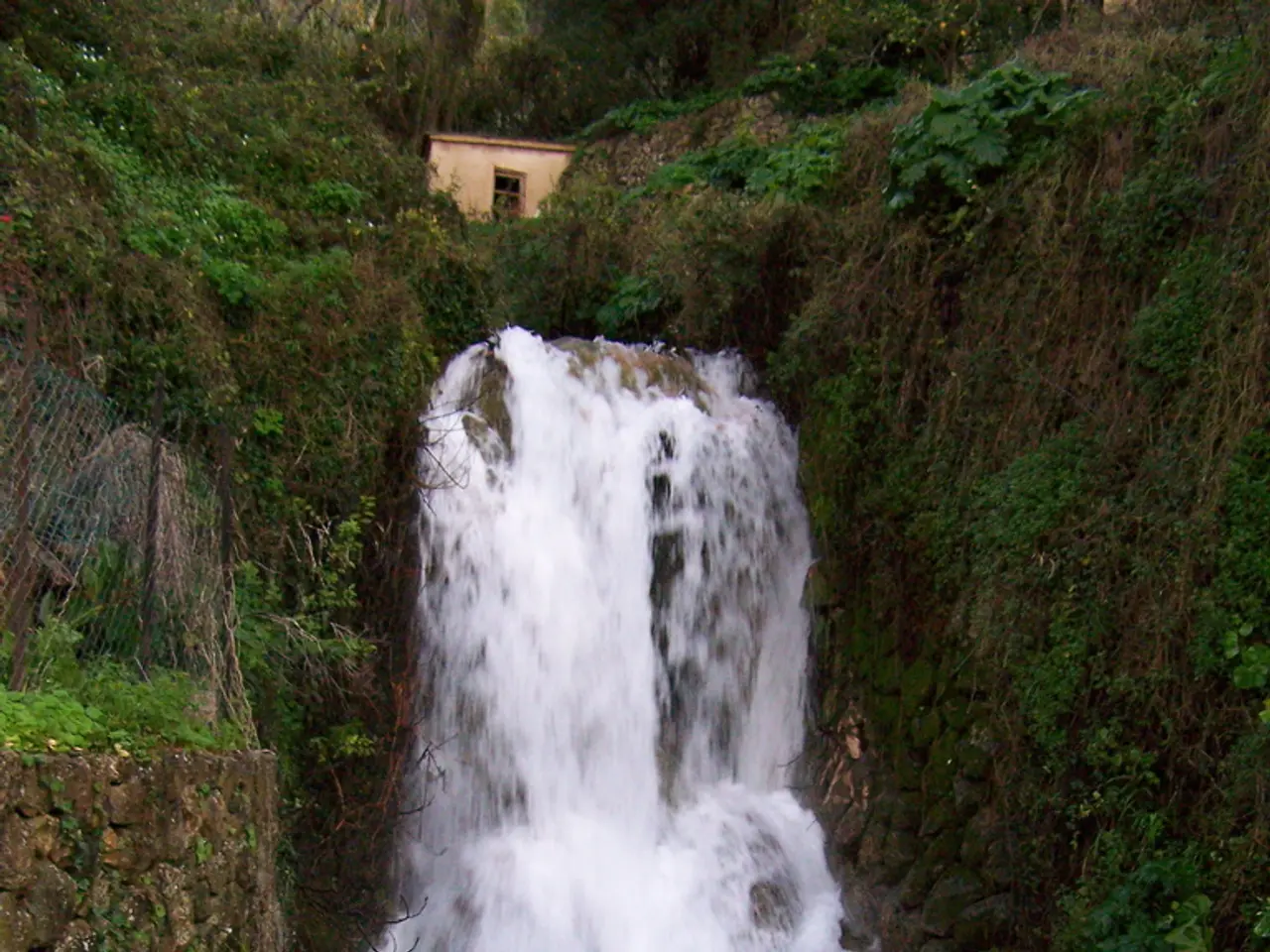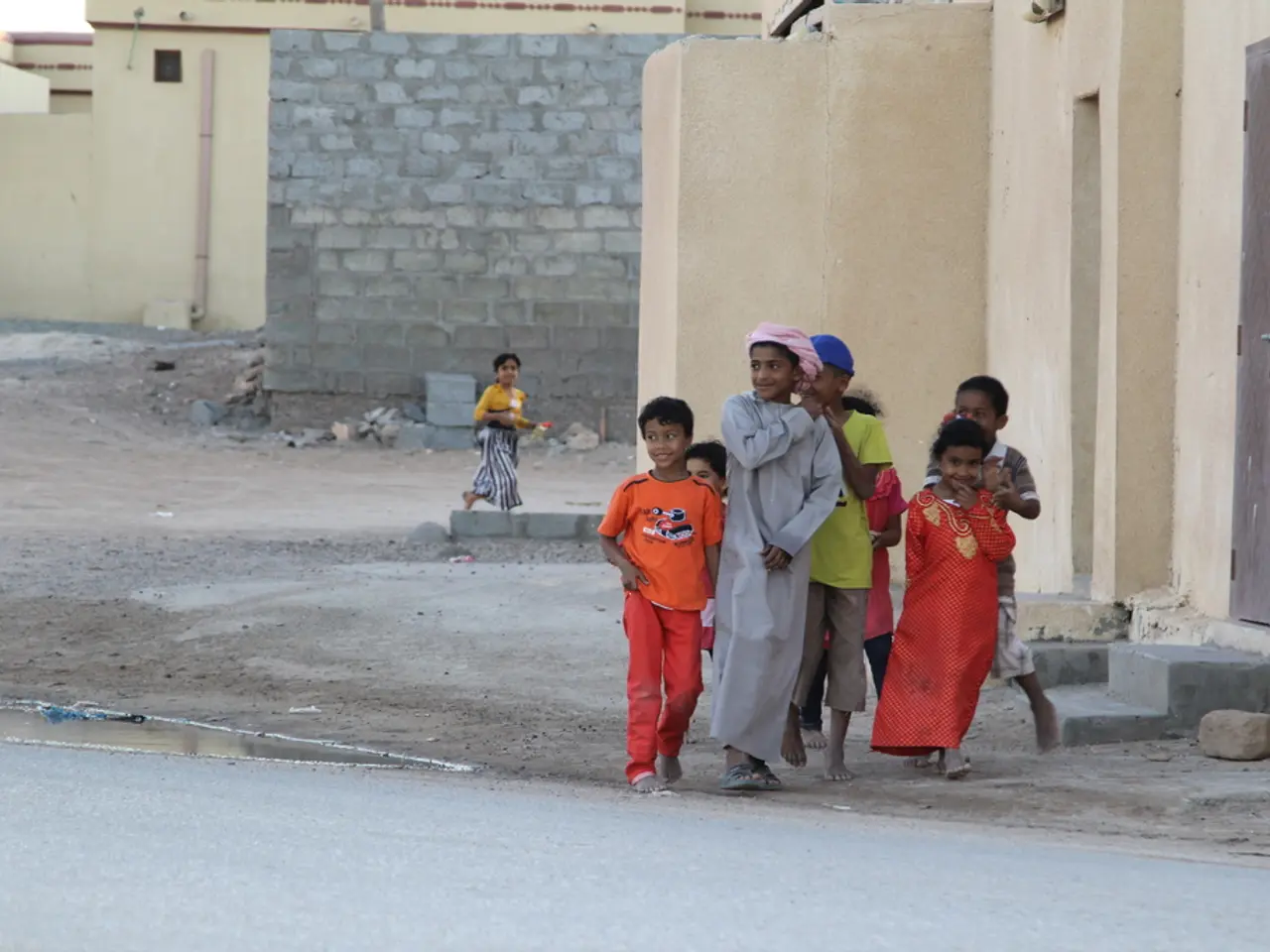All-out chaos engulfs Hoshiarpur due to relentless downpour disrupting routine activities
Jalandhar, Punjab, India, has been hit hard by heavy monsoon rainfall, causing significant disruption and damage. The city was inundated, with streets resembling rivers and sewage systems overflowing, due to a combination of intense monsoon downpours and poor drainage infrastructure.
The India Meteorological Department (IMD) had forecasted heavy to very heavy rainfall in Punjab during the early July 2025 period, linked to the intensifying southwest monsoon over the region. Jalandhar and its surrounding areas received widespread heavy rainfall exceeding 120 mm during July 6-7, resulting in waterlogging and flooding.
The flooding was exacerbated by inadequate and poorly maintained drainage infrastructure. Water accumulated on streets and entered residential and commercial buildings because drains were clogged or insufficient to handle the volume of rainwater. Heavy rains in catchment areas also caused overflow in small streams or choes, leading to localized flooding and vehicle stranding on roads.
The urban flooding affected several neighborhoods, including Krishna Nagar, Hari Nagar, Premgarh, Manwata Nagar, and Bahadurpur. Streets resembled rivers, and sewage systems also overflowed, compounding sanitation issues. Vehicles got trapped on key roads, and rural link roads suffered heavy damage, with some causeways washed out or roads collapsed.
In response to the flooding, a control room was established by district authorities with emergency contact numbers to coordinate relief and rescue efforts. Officials urged residents to exercise caution with ongoing rain alerts forecasting further heavy rainfall, emphasizing preparedness for additional flooding. Local residents criticized municipal authorities for not cleaning drains in time, implying that improved maintenance could reduce future flood damage.
The administration issued advisories for residents living near flood-prone choes to move to safer locations, highlighting risks to those in poorer or informal settlements. IMD issued multiple alerts (red and orange) in Punjab and surrounding states well in advance to warn of heavy rain and possible floods, allowing authorities and citizens to prepare accordingly.
Long-term mitigation will depend on improving urban drainage, better watershed management, and enhanced early warning systems to reduce vulnerability to such intense rainfall events in the future. The collapse of a long stretch of road in Kotla Gaunspur village and the complete washing off of the causeway linking Bassi Ghulam Hussain with the city underscore the need for urgent action.
- The heavy rains and flooding in Jalandhar, Punjab, on July 6-7 were not just a result of the monsoon downpours, but also a consequence of the insufficient and poorly maintained drainage system, such as the one located in Kotla Gaunspur village where a long stretch of road collapsed.
- During the heavy rainfall in Jalandhar on July 6-7, the southwest monsoon, which had been forecasted by the India Meteorological Department (IMD) as heavy to very heavy, caused flooding and waterlogging, much like river-like streets and overflowing sewage systems, making headlines in the general-news category, including reports about cricket matches being cancelled due to the adverse weather conditions.








